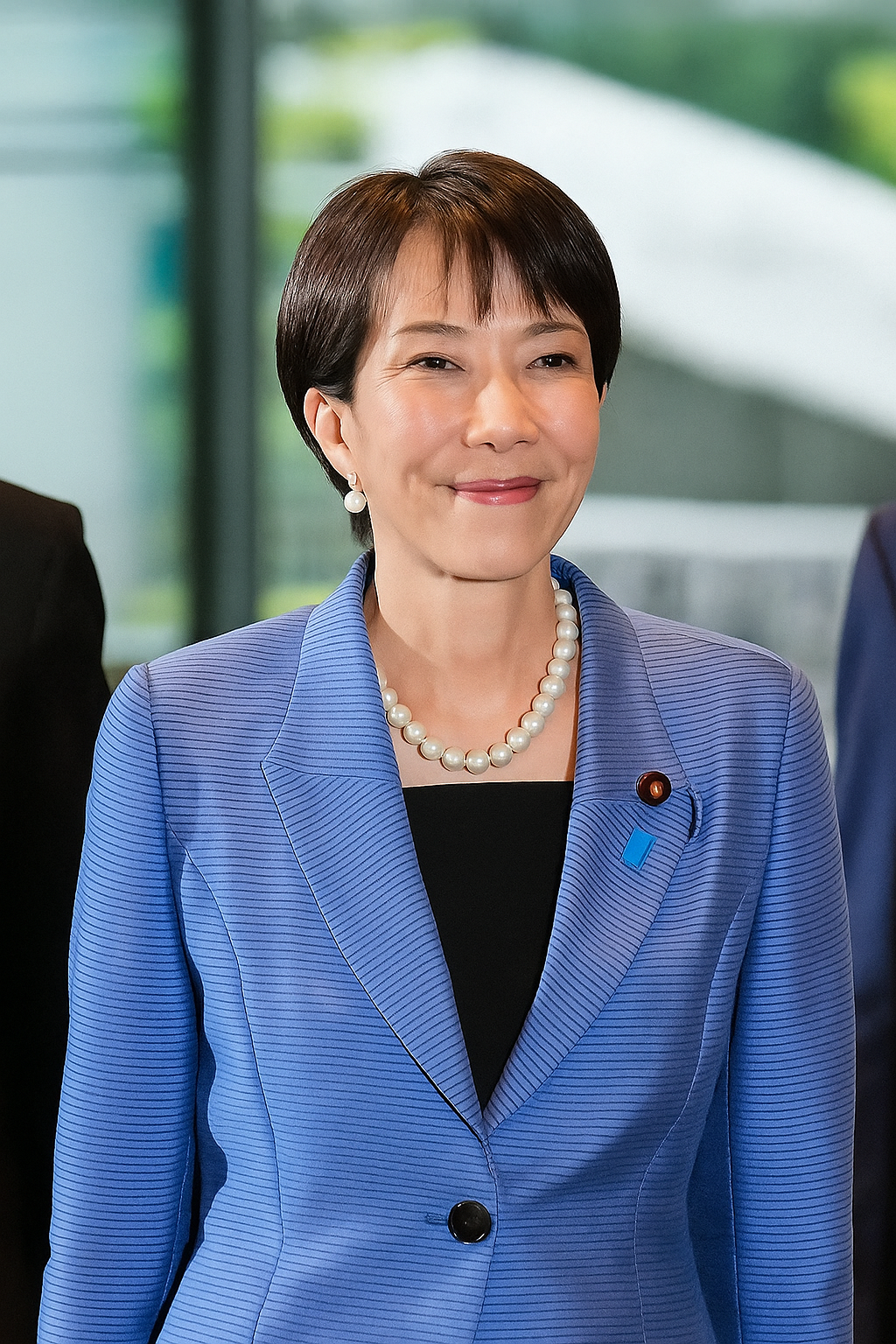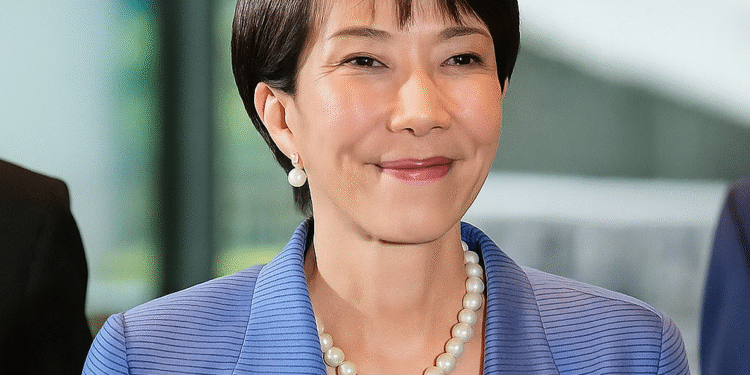In a historic break from a decades-long tradition of male leadership, Japan’s parliament elected Sanae Takaichi as the nation’s first female prime minister on Tuesday. However, her groundbreaking ascent is shadowed by immediate economic turmoil, fragile political alliances, and deep skepticism over whether her conservative ideology will advance the cause of women she now symbolically represents.
The 64-year-old staunch conservative, nicknamed the “Iron Lady” for her admiration of Margaret Thatcher, secured her position with a clear parliamentary majority. Yet, her victory was a political cliffhanger, salvaged only by a last-minute deal with the right-leaning Japan Innovation Party after her own coalition partner withdrew support.
A Fragile Mandate for a Nation in Flux
Takaichi takes the helm of the world’s fourth-largest economy at a precarious time. She becomes Japan’s fourth prime minister in five years, inheriting a frustrated public grappling with a rising cost-of-living and a legacy of predecessors felled by scandal and plunging ratings. Her mandate is not just fragile; it is borrowed from an unstable coalition, raising questions about its longevity.

Her challenges are not merely domestic. On the global stage, she must immediately navigate a diplomatic minefield. Neighbors like South Korea are wary of her nationalist leanings, which threaten to upset recently mended ties. Her hawkish stance towards an increasingly powerful China echoes that of her mentor, the late Shinzo Abe. And her first major test will be a meeting next week with an unpredictable U.S. President Donald Trump, who has previously questioned the very security alliance that is the cornerstone of Japan’s defense.
The Paradox of a Pioneer
The most compelling narrative of Takaichi’s rise is its profound contradiction. While her election shatters a significant glass ceiling, her conservative political record places her at odds with the modern feminist movement.
She is on record opposing same-sex marriage and a growing demand to allow married couples to choose separate surnames—a key issue for many Japanese women. This has led to skepticism among the very demographic her victory ostensibly celebrates.
“As a woman, of course I notice the significance,” said 21-year-old student Ayda Ogura, capturing a prevalent sentiment. “[But] if you look into her political beliefs… you realise that some of the things are very traditional. Instead of creating structural change, she rather perpetuates the patriarchal system.”
Why It Matters
Sanae Takaichi’s inauguration is truly a landmark moment especially for women in Japan because she has broken the ultimate political barrier for Japanese women, yet her policy platform suggests a reinforcement of the traditional structures that created that barrier in the first place.
Her true legacy will not be defined by the history she made today, but by how she navigates this paradox. Will she use her position as Japan’s “first” to champion structural changes that benefit all women, or will her tenure prove that gender alone is not a proxy for progressive values?
The world is watching to see if this “Iron Lady” will forge a new path for Japan or merely preserve the status quo in a new guise.

















